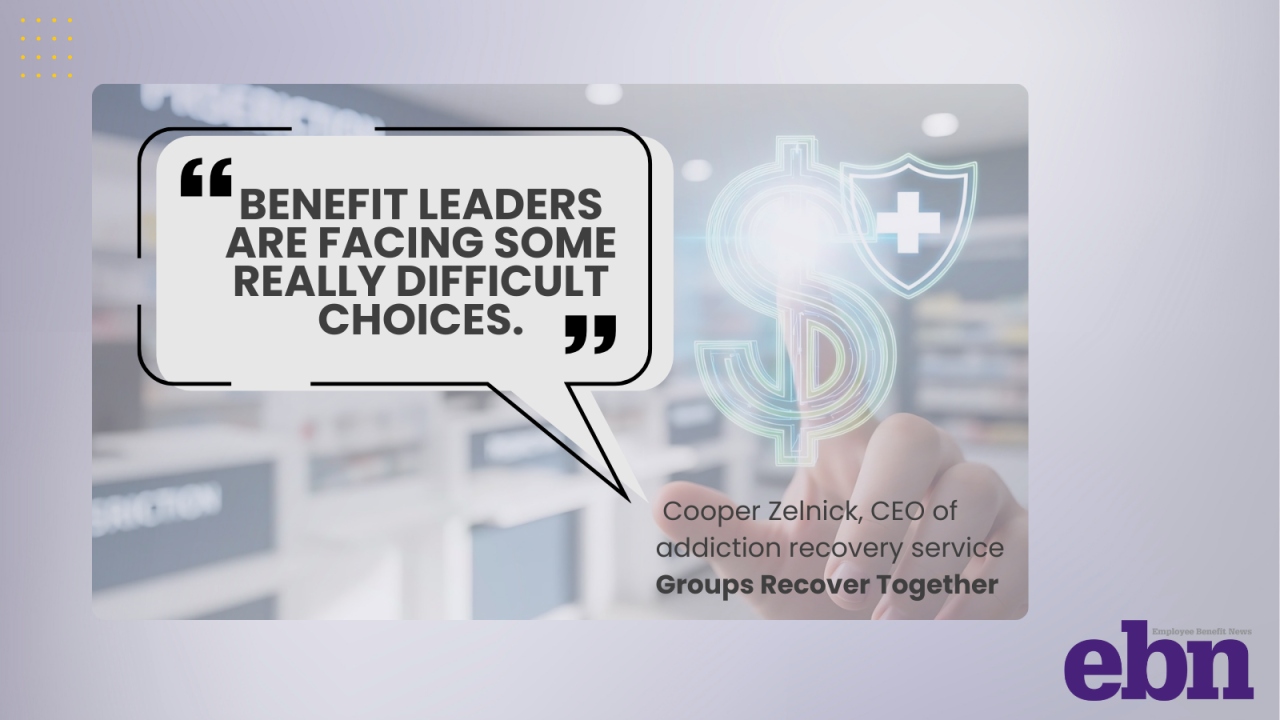Private equity is making its way from Wall Street to Main Street, and it's being marketed as the next frontier for retirement savings.
The message sounds appealing: higher returns and access to opportunities once reserved for the ultra-wealthy. But make no mistake, while private equity may sound sexy, it introduces a
The average American historically
Read more:
The policy shift behind the push
In 2020, the U.S. Department of Labor gave the green light for
Since then, firms like BlackRock have quietly built structures to make these options "turnkey." In June 2025, BlackRock partnered with Great Gray Trust Company to offer
The Trump administration's August 2025 executive order — "Democratizing Access to Alternative Assets for 401(k) Investors" further emboldened this shift, encouraging exposure to private equity, crypto, infrastructure and real estate within defined-contribution plans like 401(k)s. Following the order, the DOL rescinded a 2021 supplemental statement that had
This neutrality may prove to be the real risk.
Read more:
The temptation of outperformance
Retail investors are seeking higher returns and more ways to diversify their portfolios and proponents point to strong historical returns. Hamilton Lane's 2025 Market Overview, showed that $1 invested in 2015 grew to $3.96 by 2024 (equivalent to an annualized return of about 14.8%), compared to $3.51 (13.4%) for the S&P 500 and $2.61 (10.1%) for the MSCI World.
But that track record comes with important caveats. Institutional investors like Yale's endowment or CalPERS have entire teams devoted to sourcing, analyzing, and managing these opaque assets. They accept long lock-ups, irregular valuations and high fees because they can afford to. The average 401(k) participant cannot.
What plan sponsors should know
Private equity funds are fundamentally different from mutual funds or ETFs, which have daily liquidity. PE funds are illiquid — typically locking up capital for 5-10 years. Their valuations are based on models, not transparent market pricing.
Their fees can be five to 10 times higher than traditional index funds. The standard for most models is the "2 and 20" model: 2% management fee and 20% of the profits, which is much higher than your typical index fund.
A big talking point is the complexity of the risks and ventures that happen behind the scenes as well. The retail investor might not fully understand the risks and lack of voting rights further removes investors from participating in their investments.
Read more:
Regulation
The DOL's new stance opens the door to innovation, but also increases the need for oversight. The SEC and DOL are both expected to issue further guidance around disclosure, valuation and fee transparency. Critics from organizations like the Center for Retirement Research argue that
A word of caution
Private equity is not inherently good or bad for 401(k)'s or other investment vehicles, but it does dramatically change the risk-return equation for retail investors. While it may boost returns and broaden diversification, it also introduces opacity, cost and liquidity concerns. The key to delivering a true private equity product to retail investors will be transparency, education and fiduciary prudence. Without those elements it may prove to be a Trojan horse for investors, promising opportunity but delivering unintended consequences.
In short, private equity sounds enticing, but retirement investing isn't always about excitement, it is about reliability.






